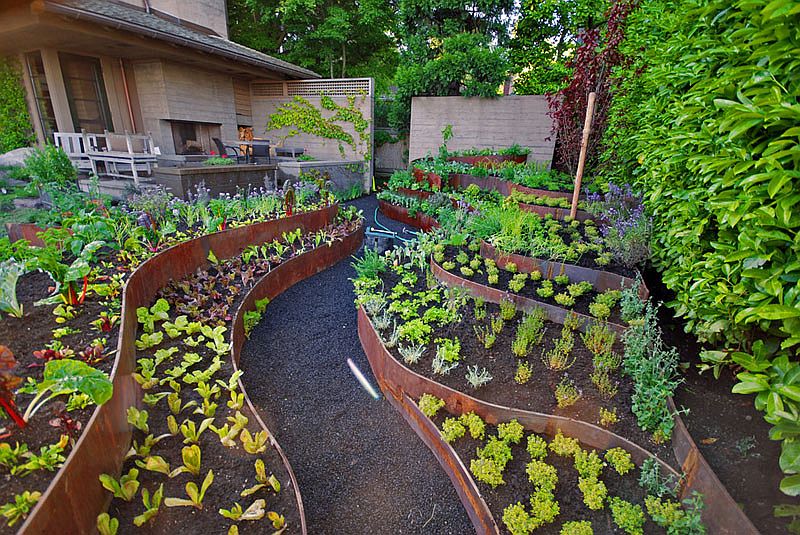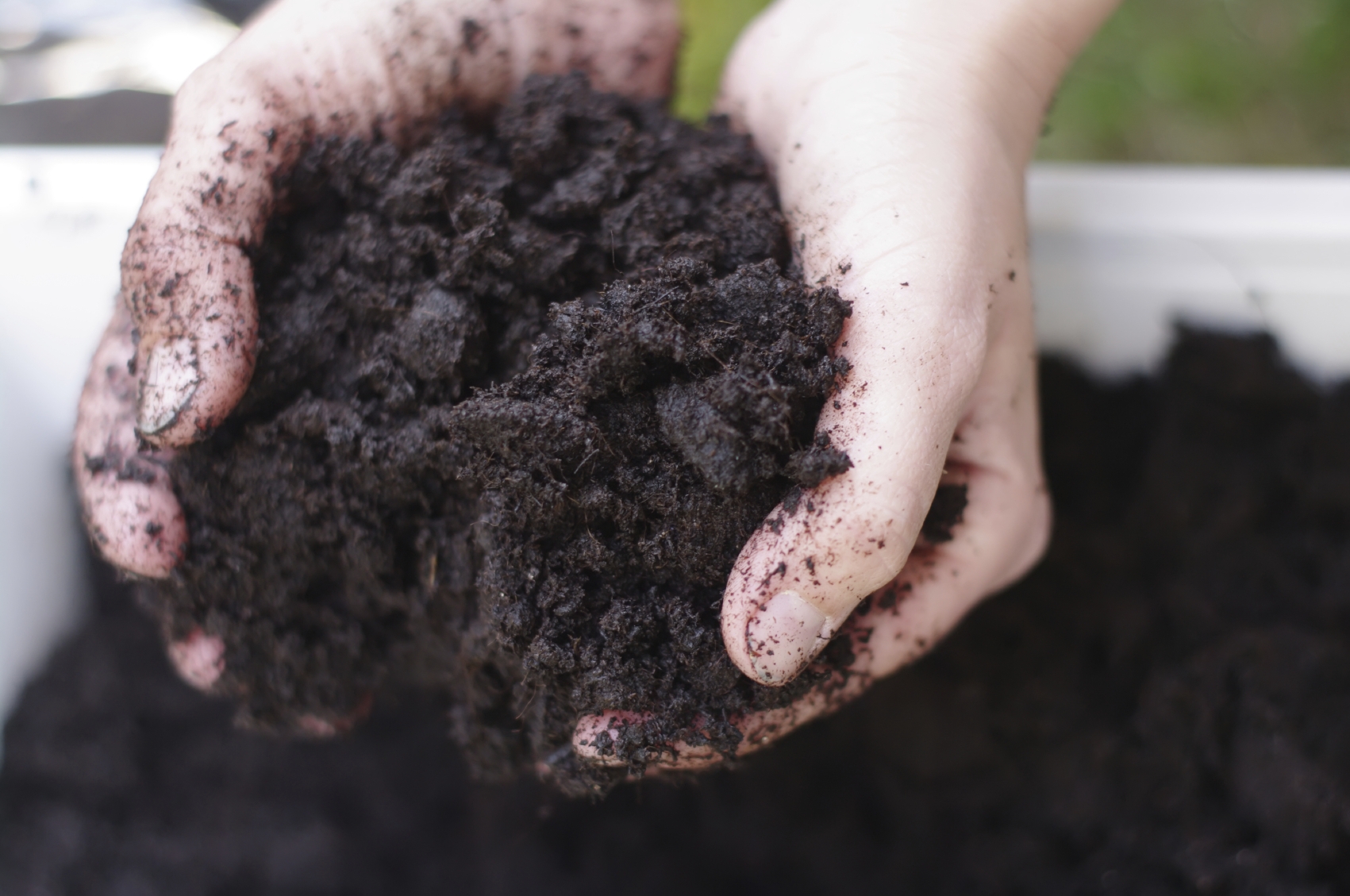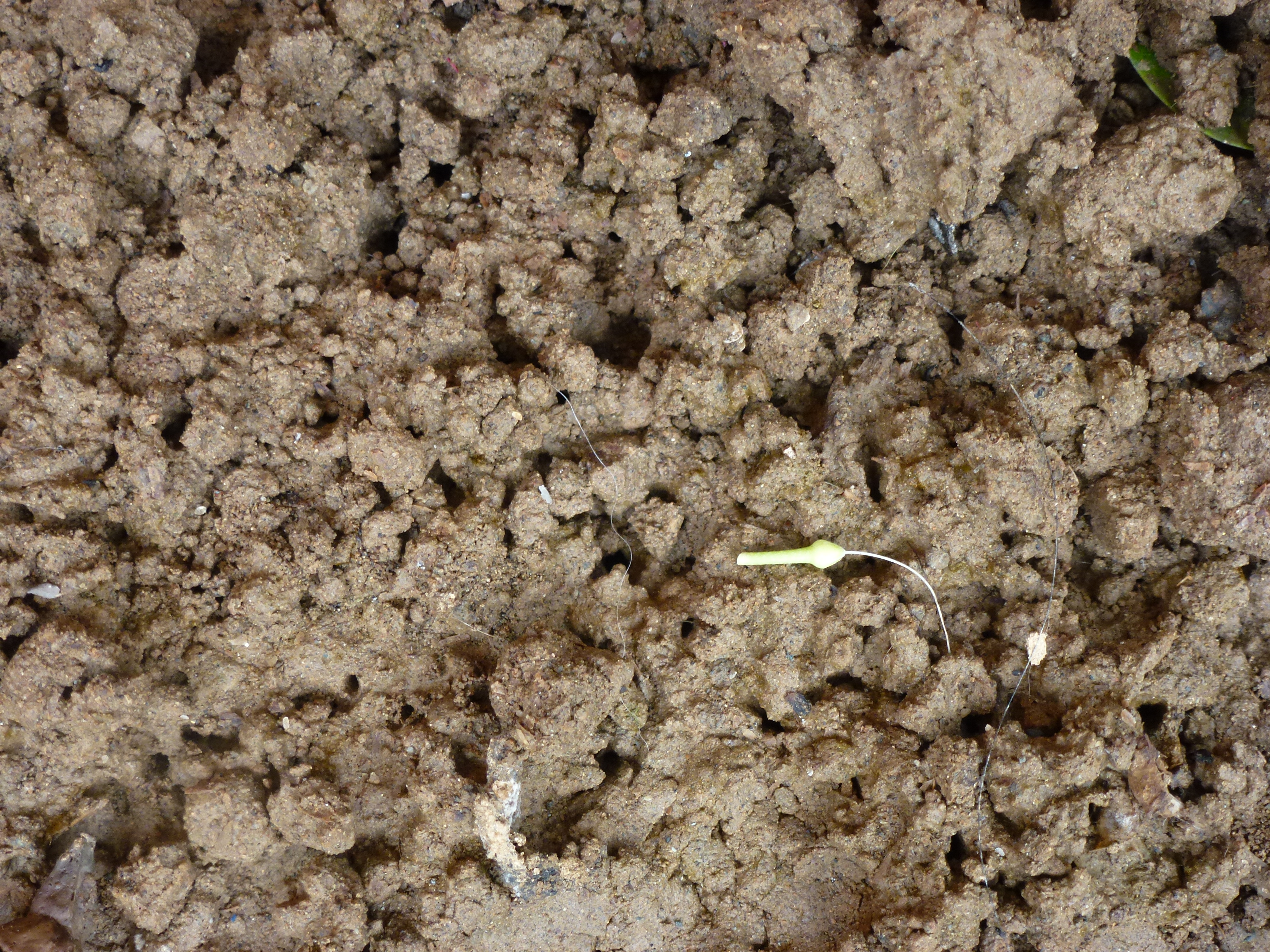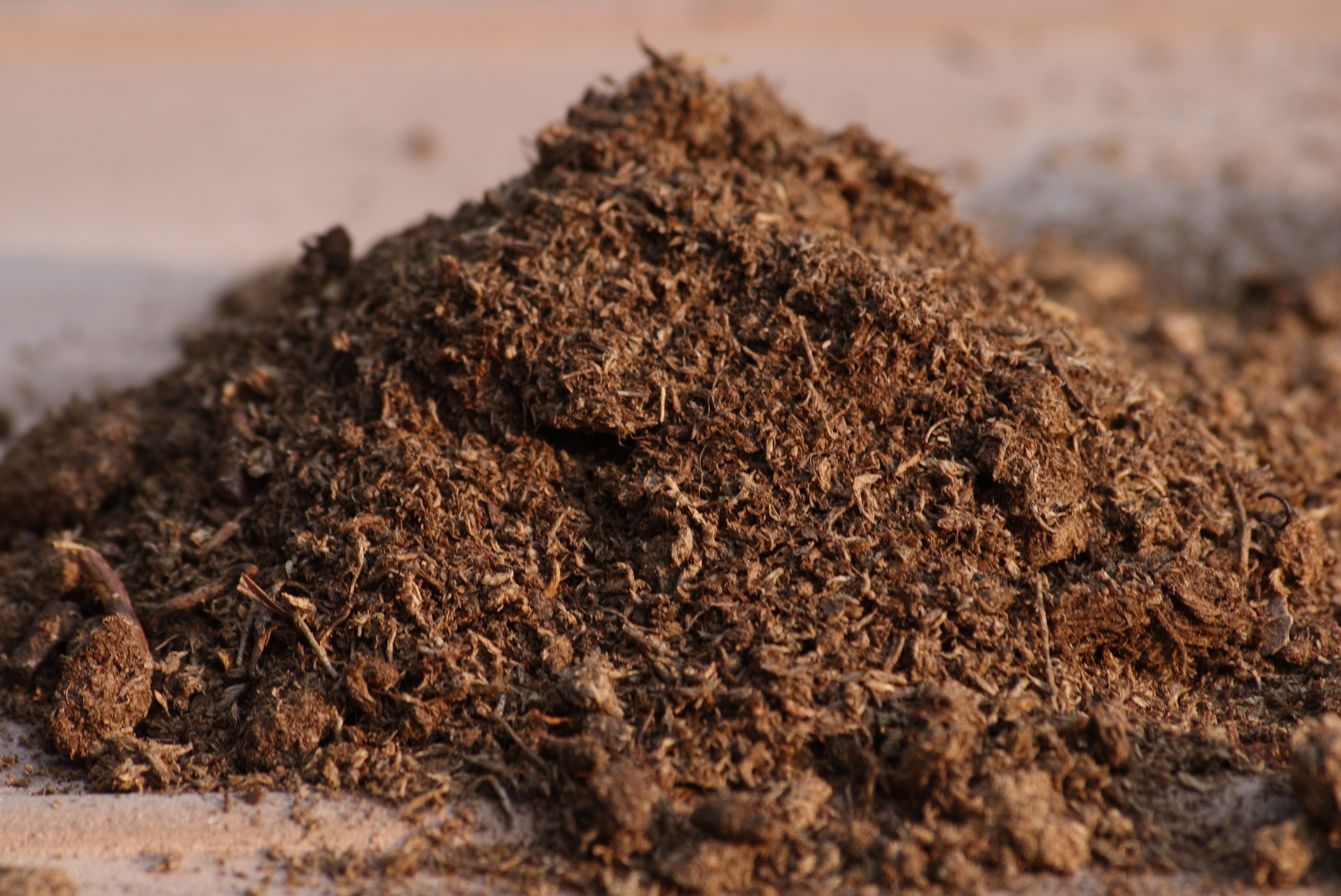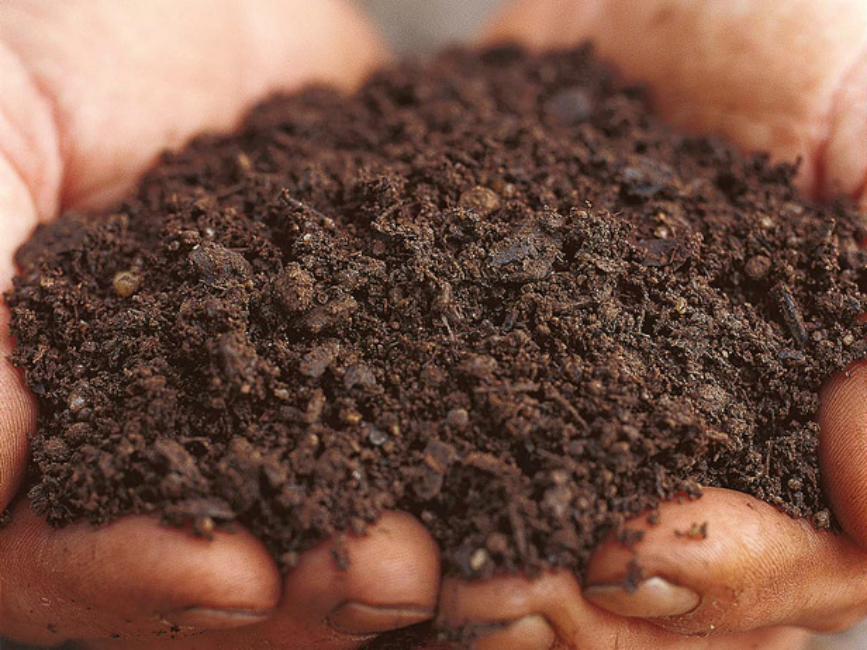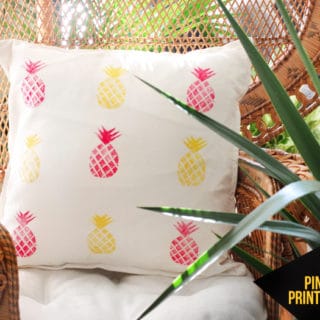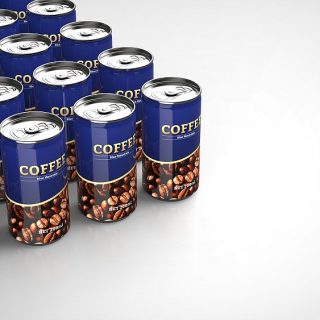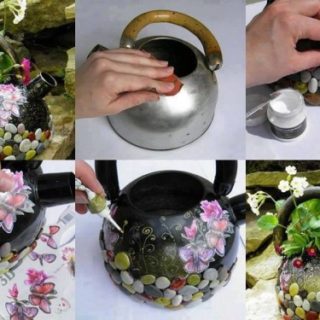If you’re planning to get serious about your gardening it’s important that you get to know your soil type first. No matter how much work you put into your garden, all that time spent sowing your seeds, weeding, and tending to your plants could be in vain if the quality of your soil is not up to the job at hand. Check out our handy guide to give you the lowdown on soil types and how to make the most of them.
1. Clay Soil
Clay soil feels lumpy and is sticky when wet and rock hard when dry. It is poor at draining and has few air spaces. In spring it will warm up, but it is heavy to cultivate. However, if the drainage for the soil is enhanced, then plants will flourish and grow as clay soil can be rich in nutrients. For more information, check out RHS for a list of plants that grow well in clay soil.
2. Sandy Soil
Sandy soil is gritty. It drains easily, dries out quickly, and is easy to work with. It warms up fast in spring, but tends to hold fewer nutrients as they are often washed away during wet weather. It requires organic amendments such as greensand, kelp meal, glacial rock dust, or other organic fertiliser blends. Mulching will also help to retain its moisture. Check out Gardening Know How for more information.
3. Silty Soil
Silty soil feels soft. It’s great at holding moisture and is usually very rich in nutrients. The soil is easy to work with and can be compacted with little effort. If drainage is provided and managed this is a great soil for the garden. Mixing in organic matter can help to improve drainage and structure while also adding nutrients. For more information, check out Ag Verra.
4. Peaty Soil
Peat soil is a darker soil that feels damp and spongy as a result of its higher levels of peat. As it is an acidic soil type it slows down decomposition, which leads to the soil having fewer nutrients. In spring, the soil heats up quickly and can retain a lot of water, which usually requires good drainage. This can be achieved by digging drainage channels. This soil type is great for growth when mixed with rich organic matter, compost, and lime, which helps to reduce the acidity. The pH in acidic soils can be raised by adding soil amendments such as glacial rock dust. For more information, check out Soil Net.
5. Chalky Soil
Chalky soil is larger grained and generally stonier compared to other soils. It is free draining and usually overlays chalk or limestone bedrock. It is alkaline in nature, which can often lead to stunted growth and yellowish leaves; however, this can be resolved by using the right fertiliser and balancing the pH levels. Check out The Gardener’s Almanac for more information.
6. Loamy Soil
Loamy soil is a mix of sand, silt, and clay and feels fine-textured with a slight dampness. It is the ideal soil type for gardening as it has great structure, good drainage, holds its moisture, is full of nutrients, and is easily cultivated. Not only that, but is warms up quickly in spring and doesn’t dry out in the summer. This type of soil tends to be acidic and requires organic matter added to its regularly. For more information, check out Growing Anything.
